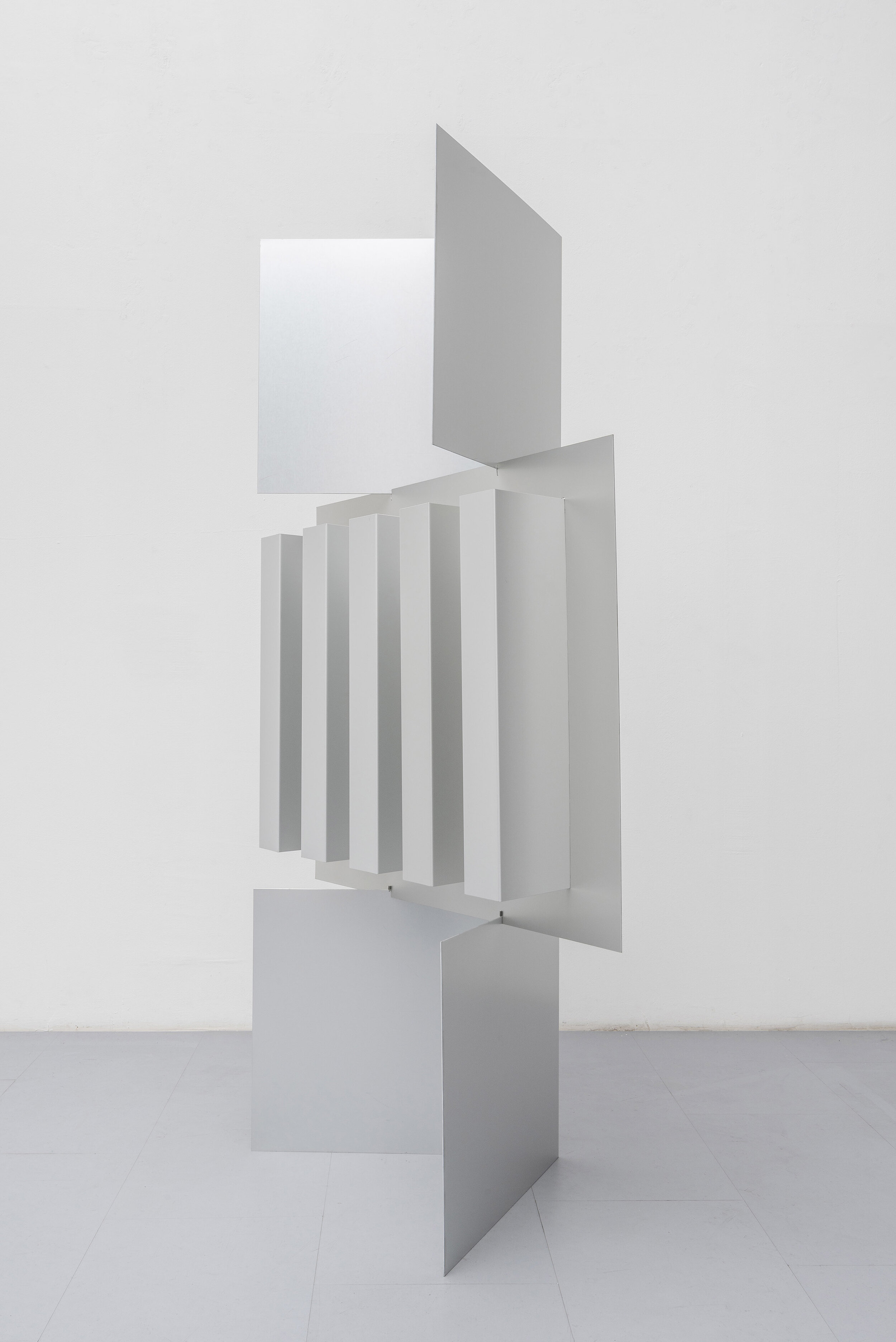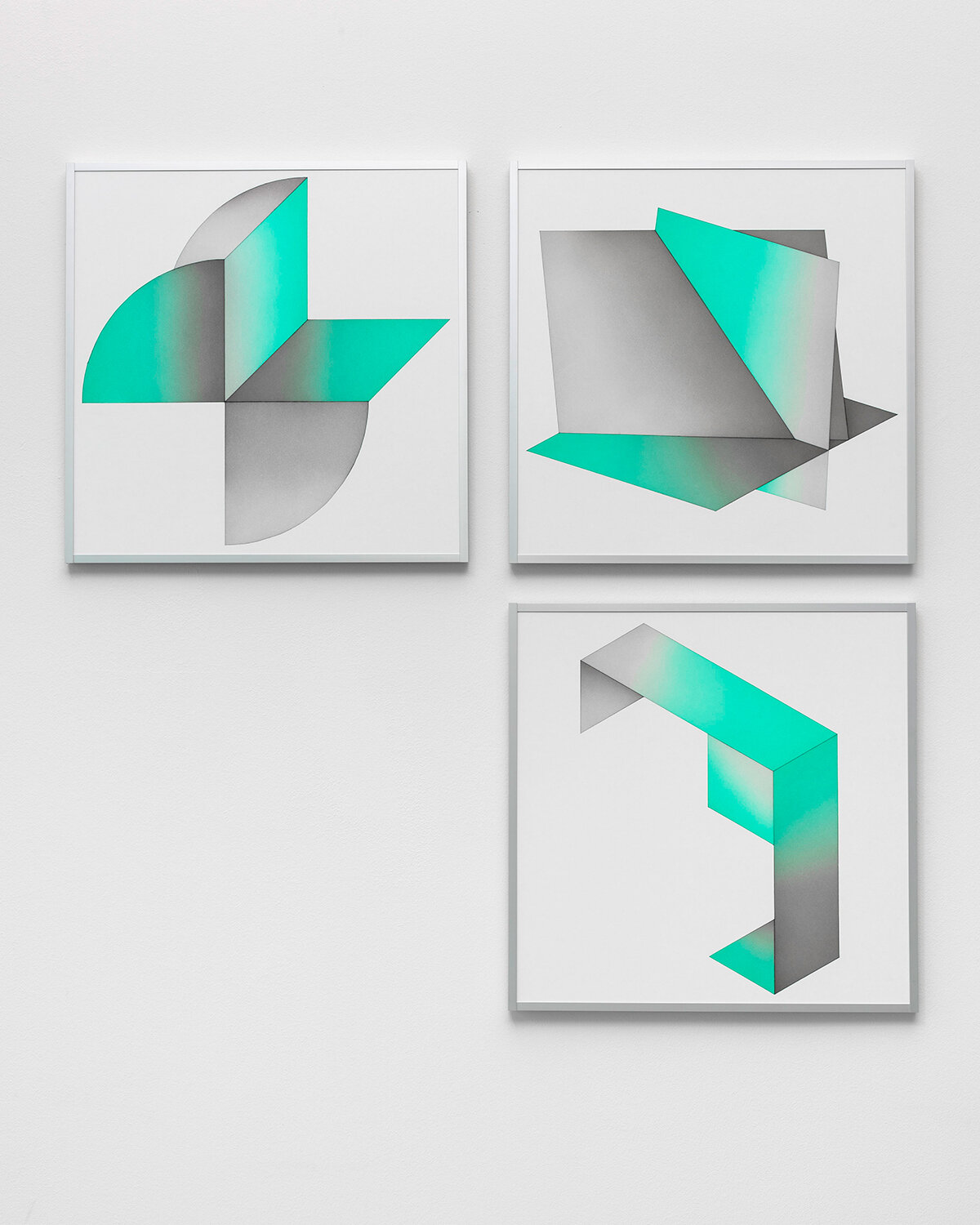Looking Forward while Looking Back:
Guiding Principles
Curated by Elisa Gutiérrez Eriksen
Aug 21 - Sept 10, 2020
The artists presented in this iteration of Looking Forward while Looking Back: Guiding Principles, are Martin Désilets, Shoko Masunaga and Monica Mazzone.
From a set of defined variables following a series of instructions, to the use of geometry as a guiding principle for rationalizing emotions, these works are the result of processes based on predetermined rules and protocols.
But even if a structure is in place, the interactions along the way and the multiple external variables can generate results that inform, simultaneously, the process itself and the viewer. Among the variables are weight and gravity, optical illusions, and spatial structures that reveal a path for contemplation of ideas, memories and relationships as they change, transform and appear.
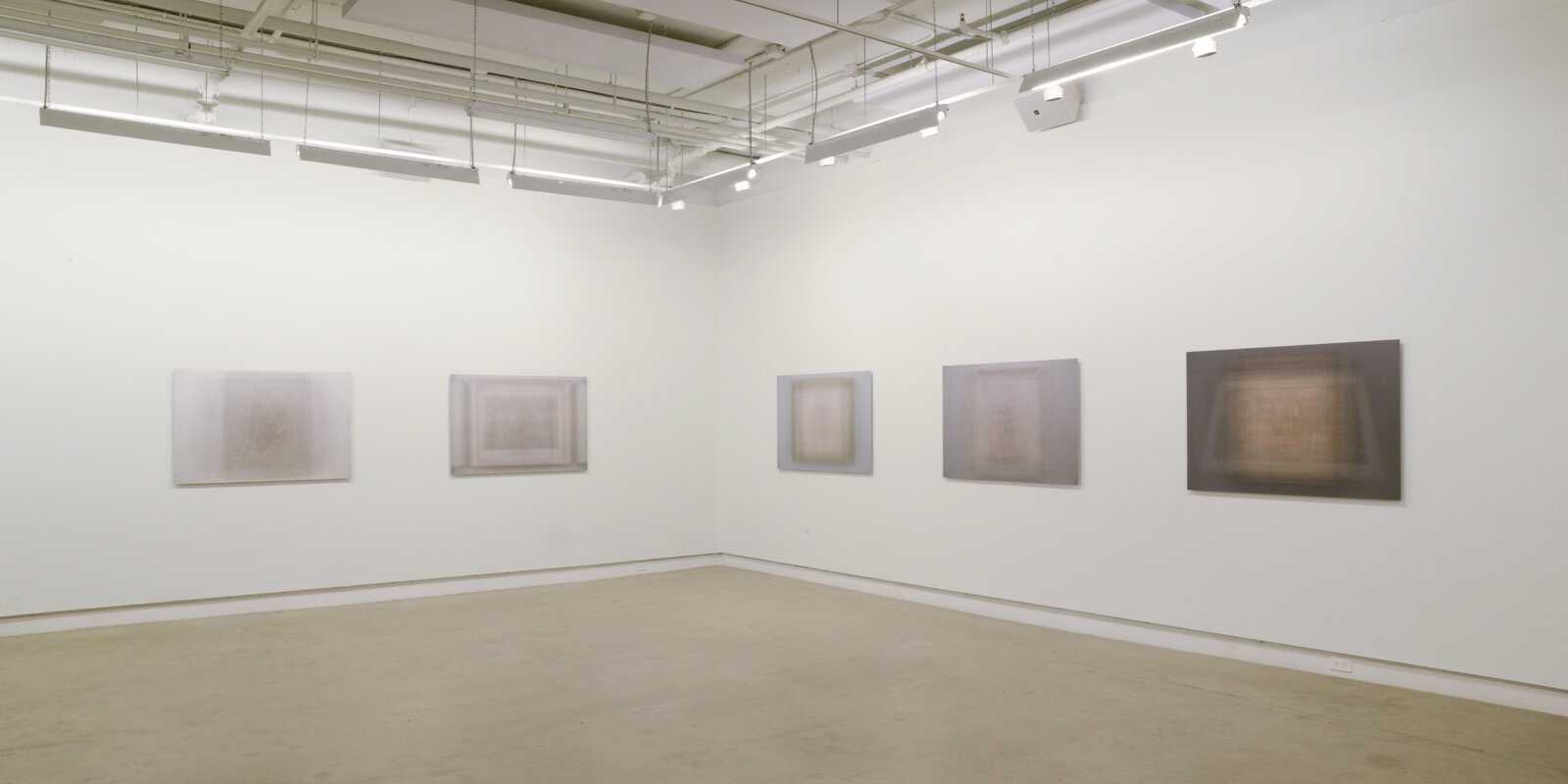
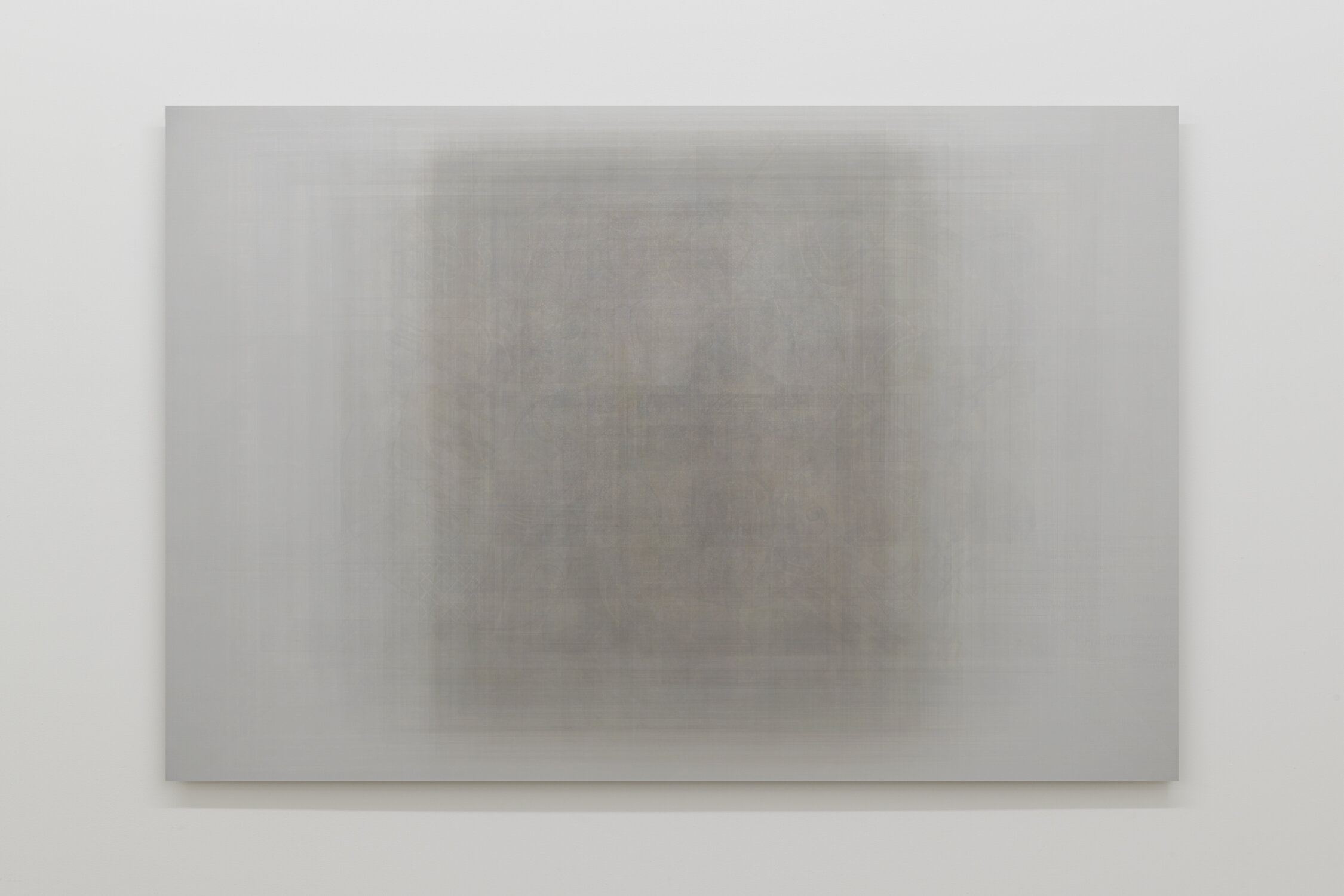
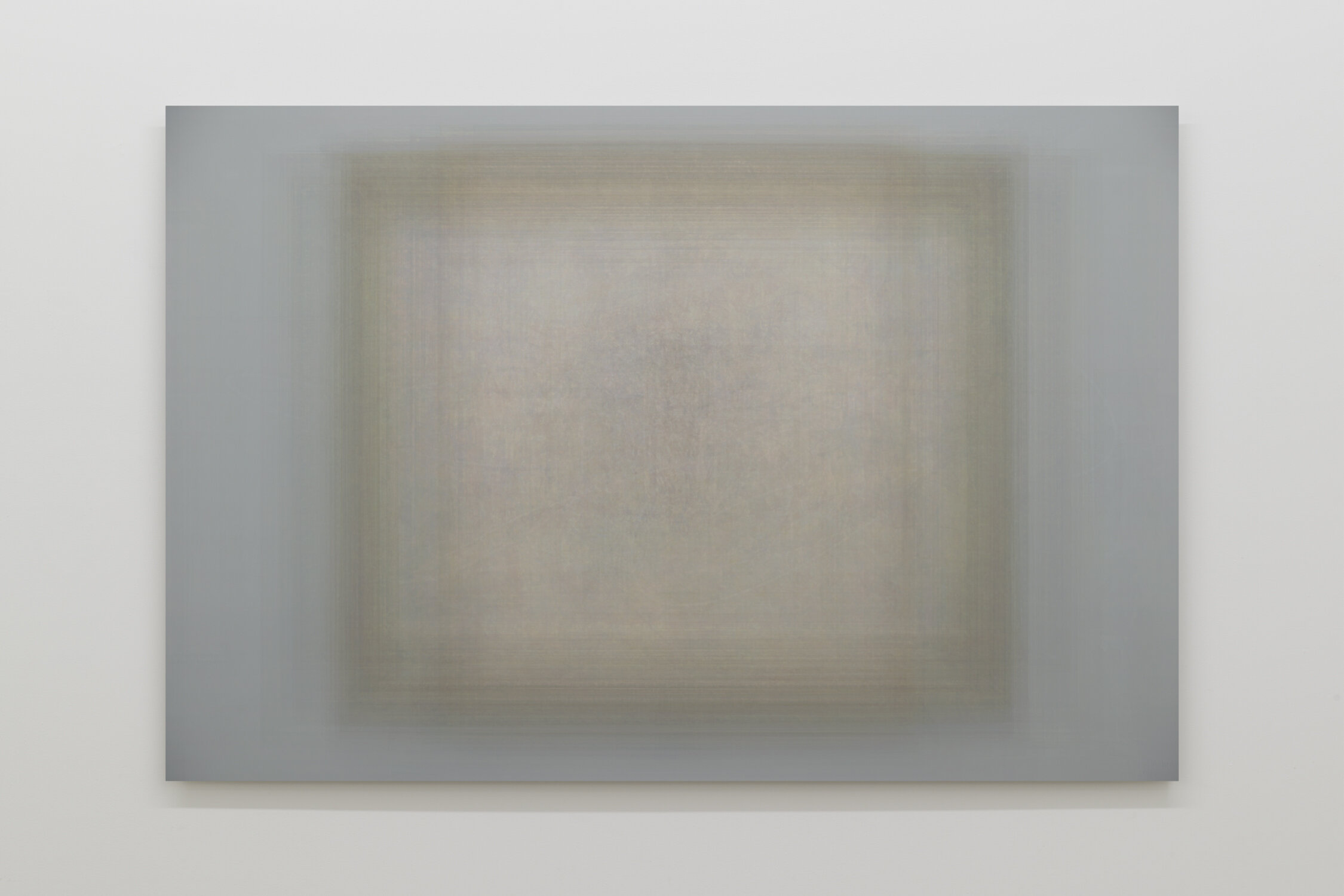
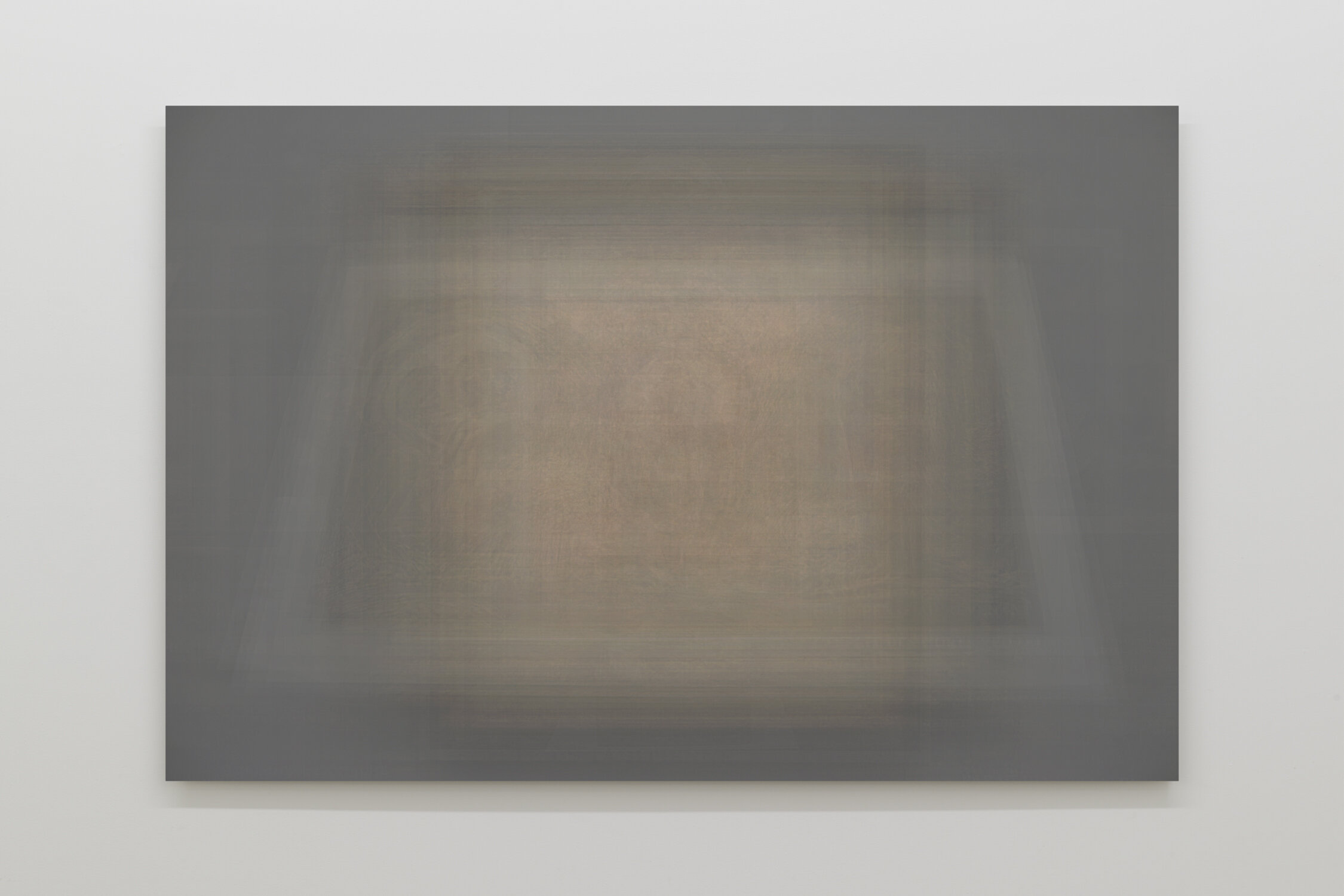
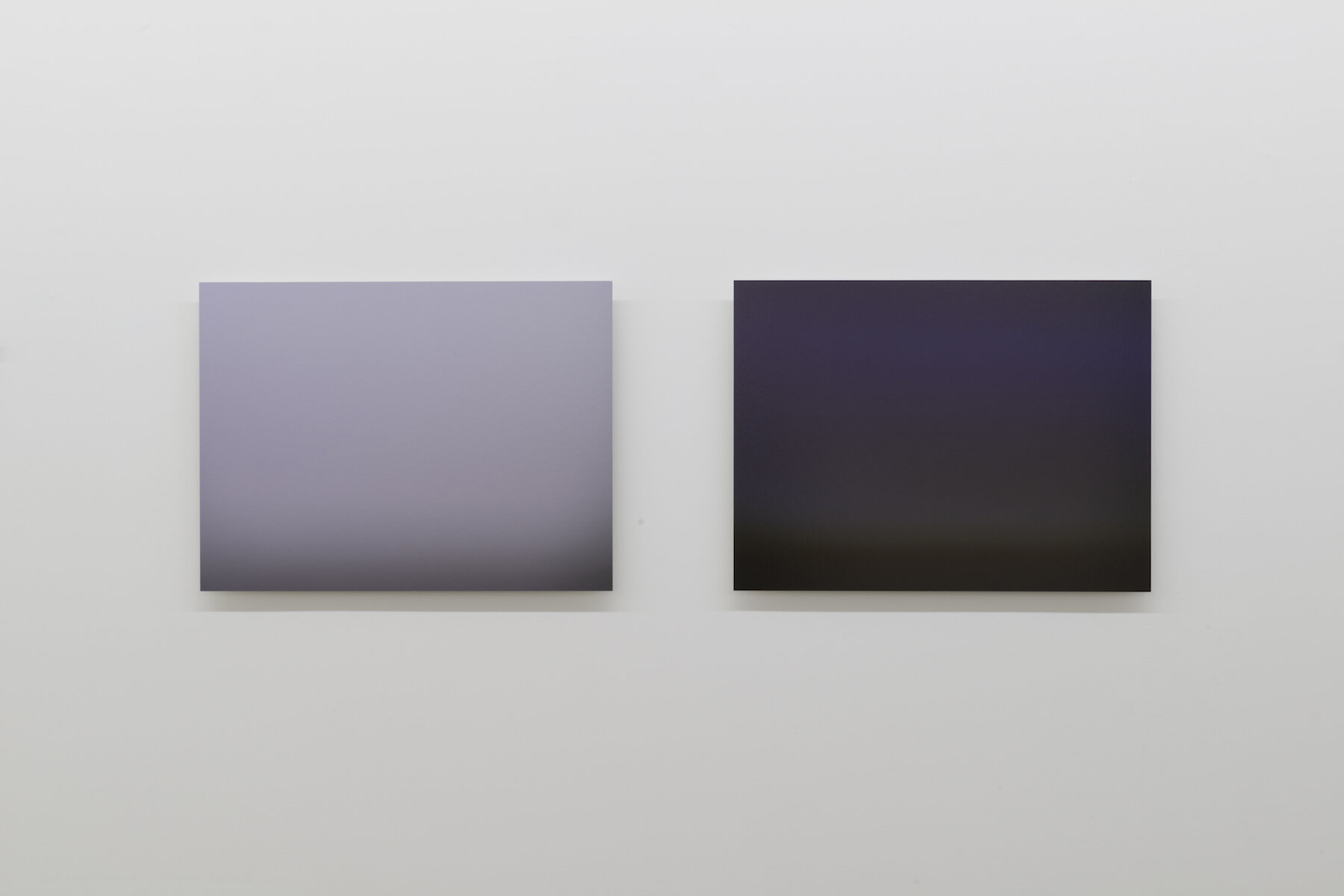
Martin Désilets (Canada)
NARS Alumni, 2019, Season IV
@martindesiletsart
I wander through the museums. I photograph every art work, one at a time, and make them disappear by superposing the images in a single digital file. I will do so, following a protocol, until full black is achieved—a monochrome containing virtually every art work. I wander through the cities. I photograph the places and monuments using a camera body without a lens, a blind camera. Beyond the subjects, and the shadows, color and light remain.

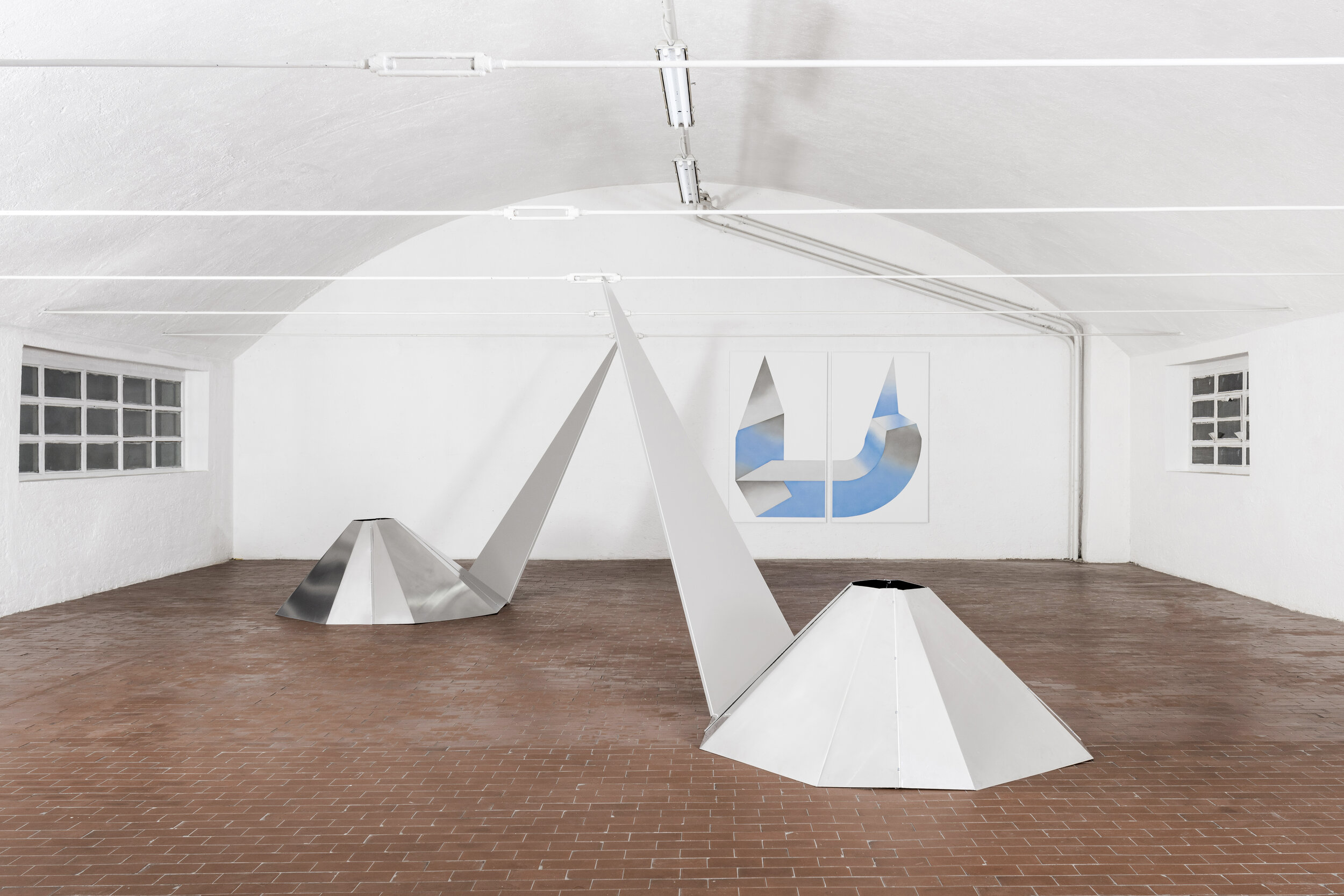
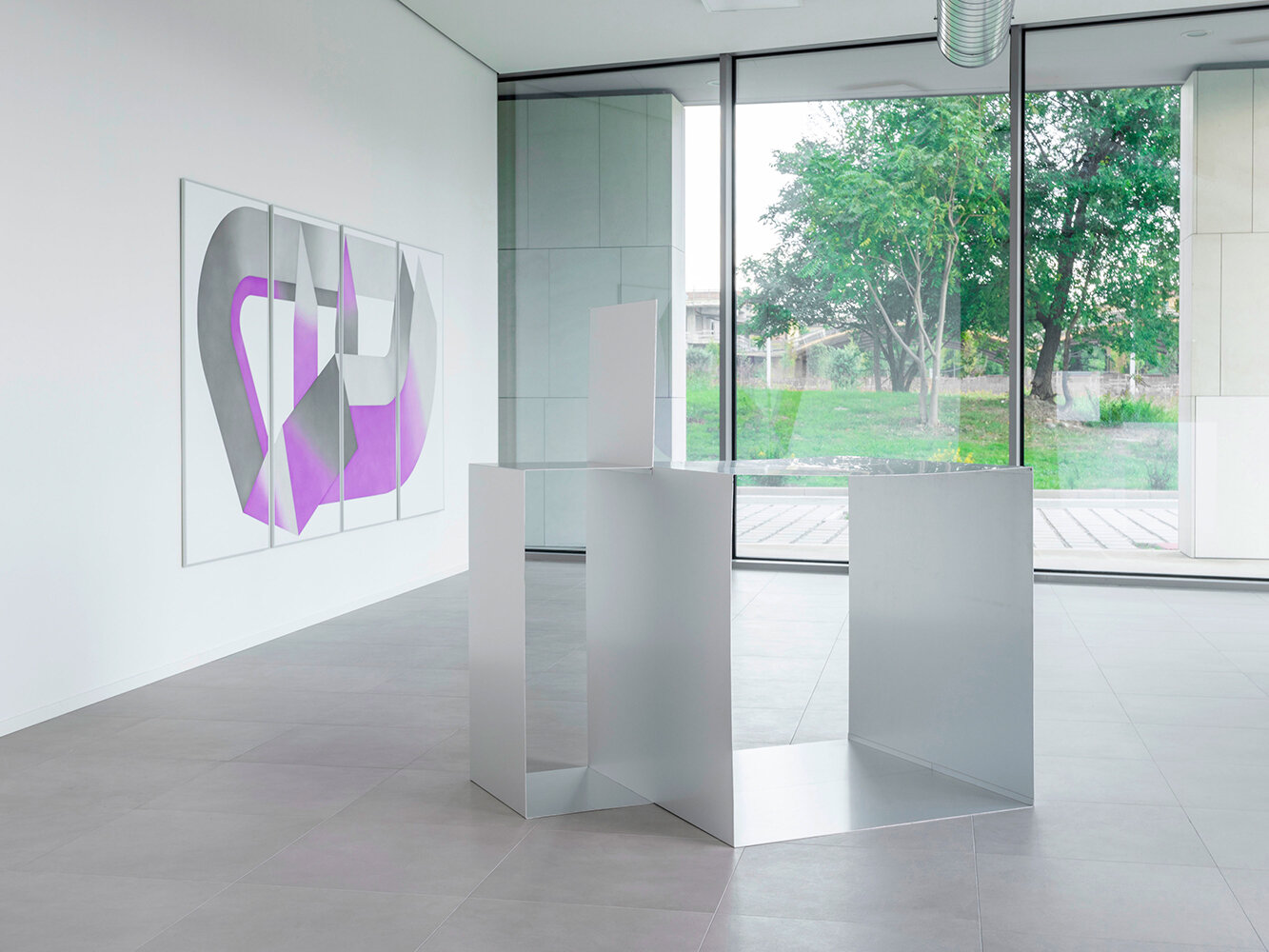
Monica Mazzone (Italy)
NARS Alumni, 2018, Season II
@monicamazzone_artist
Monica Mazzone is an Italian visual artist, lives and works between Milan and New York.
Her research is a study into the idea of being able to perceive and visually express the obsession for perfection, proposing geometry as a guiding principle of the creative act to rationalize one’s own emotions and the happenings of the world with spatial structures perceived as parts of a rhytm implicating the body itself and its own proportions; all of her works are handmade by herself.
Many private and public venues, in Italy and abroad, exhibited her works including: MASS MoCA North Adams, Temporaneo Navile Museum Bologna, La rada Foundation Locarno, NARS Foundation e The Border New York, Palazzo Reale, Studio Maraniello, Giuseppe Pero Gallery, Arthur Cravan Foundation, Fabbrica del Vapore, Isimbardi Palace – Milan, Museum of Contemporary art Lissone, Spazio Thetis Arsenale Venice, Satzyor Gallery Budapest.




Shoko Masunaga (Japan)
NARS Alumni, 2019, Season I, II & III
@shoko_masunaga
Shoko Masunaga has been working mainly in Tokyo, Japan, using painting as her base. Her work is influenced by the surrounding environment, interaction is considered. There are many variations of her work, but the main feature of her work the variability itself, whether in medium or discipline, such as sculpture or architecture. The works can oftentimes be rearranged, and are frequently altered from place to place.
She got the grant Agency for Cultural Affairs Scholarship program of Japan 2018, spent one year in New York. Her main exhibition in recent years was a solo exhibition at Cooler Gallery in Brooklyn in 2019.
Download Press Release
2019, Season IV
@martindesiletsart
Can you tell us a bit more about the process for creating the work presented in this exhibition?
My background is painting, but I now work exclusively with process-based and experimental photography. Part of my work, to put it simply, involves a lot of playing and goofing around with light, building devices to help capture or generate visual phenomena, and misusing the camera or other components of the digital apparatus. Another part of my work is based on rules and protocols. Actions are then more rigid, more controlled; yet to me this is just another way of provoking the unexpected, pushing the act of photography to the limit, or striving to reach unknown places. Randomness is always part of the process. In 2017, I started work on Matière noire, a life-long project that consists of photographing “all” modern and current visual works, and superimposing the images into a single digital file until full black is achieved. I see this as an attempt to exhaust the act of photography.
How are you doing these days? Is your artwork being influenced by or providing an outlet from the current events in the world?
Back in early March, I started a residency at Atelier Mondial in Basel. I should have been traveling across Europe and the USA the entire year to work on Matière noire. Obviously, that didn’t happen. But there was a silver lining to the cloud: it gave me time for other projects. At home, the Musée d’art de Joliette (MAJ) offered me a residency with complete access to their spaces and collections—even to the storage rooms! As my work is a time-consuming process, I was struggling with my agenda. For the museum residency, I wanted to photograph every painting falling within the categories of portrait, landscape, still life, and abstraction. Well, I just finished a few days ago! Current events don’t have
any real direct influence. My work is about various losses, disappearance, even death… It’s there already. If anything, these events gave me a greater sense of urgency.
How do you see the role of art and artists in society today?
I admit I feel helpless trying to answer this question. Do I—do we, as artists—have a role? I stopped thinking about it quite a long time ago. But there is no question that art is the single most important thing in my life. As hopelessly romantic as it may sound, to me art is an existential quest, something that still has to do with transcendence. I’d rather talk about beauty, like Agnes Martin, or about the utmost importance of the materiality of an artwork, like Vija Celmins: “If there is any meaning in art, it resides in the physical presence of a work.” Art is all about being present, here and now. And it gives a sense of otherness and, perhaps, of togetherness.
Is there something specific that you hope to explore in the future?
Matière noire and this new series, for which I’m using the MAJ’s collection as material, are presently taking all my time and energy. Most of my projects are ongoing, even life-long projects. They expand through time. I may reach a point where I have to focus exclusively on Matière noire and simply quit everything else. I literally have thousands and thousands of files waiting to be processed. But that is also the beauty of it: taking time. And until the skies reopen, I can be the “digital monk,” pilling up artwork and images on top of one another. But I can’t wait to be back on the road and in the museums, be in front of an artwork again. I also know that I am very lucky. So many people are struggling and dealing with great losses right now.
2018, Season II
@monicamazzone_artist
Can you tell us a bit more about your process when creating artwork?
Idea and execution in my research are on the same level, there is no priority, the aberrant invention of the rules and the logical application are on the same level, they are alternating phases of a single progress.
I start from a concept, I study its numerical and visual resolution, I choose the media that can best express that idea, therefore whether it is painting or sculpture, for me it is always the visual explanation of a silent but sensorial act, with a controlled emotional charge.
Everything is a channel of the loving need found between the variant and the rule, though limiting yourself to observing events while inventing your own tool and rules.
Geometric forms and proportions go beyond construction and compositional technical objectives. They are an emotional architectural synthesis.
How are you doing these days? Is your artwork being influenced by or providing an outlet from the current events in the world?
During lock-down I mostly drawn since I was not able to
head my studio and at home I only had paper and some pastels. Sometimes I didn’t feel my mind clear enough to think about new works so I decided to take my time. Now the situation has definitely improved so I am working on new paintings and sculptures for the next exhibitions and fairs.
How do you see the role of art and artists in society today?
I believe the artists are as important as all the others figures in our society, but probably since Art takes form as a job and in daily life we should be more sincere and honest.
Very often artists ego-centrism is the engine that drives individual research and the need to create hypothetical universal languages, but to leave competition aside in this moment in history could have a key role to find certainties that people need.
Is there something specific that you hope to explore in the future?
I would like to built a monumental sculpture, since a while I am working on a art public project and I really hope to finalize it as soon as possible.
2019, Season I, II & III
@shoko_masunaga
Can you tell us a bit more about the process for creating the work presented in this exhibition?
I am interested in how lines of sight flow through a space and how my pieces can guide an audience through an environment. I always start by making an algorithm although it oftens changes during my process. I select colors and define the types of lines I will use. For example, the freehand line is an organic line, a line drawn by using the scale is an inorganic line. I define a traced line as having an intermediate character. When creating, I pay attention to whether the materials that make up the piece, like the understructure, surfaces, colors, lines, gravity, and surrounding space, interact fairly with the surrounding environment. Instead of manipulating everything, I place a category "break" in the algorism, welcoming troubles.
How are you doing these days? Is your artwork being influenced by or providing an outlet from the current events in the world?
My creating stopped for a while but has recently started up slowly. Although I cannot think about the current menace positively, I think the time is coming when we must consider and re-examine the socio-economic system, and have a sense of ownership about environmental issues. Have people not been trying to follow the too fast speed of this society? Of course, artists are affected as citizens, but I don't know if my work is directly influenced yet.
Since my work is influenced by the surrounding environment and thoughts, I might be able to recognize afterwards the outline of what is affecting me.
How do you see the role of art and artists in society today?
Society already has established rules. For example, the order of time, age, and numbers... We have been living and creating in this society. However, It is possible for artists to propose and share other possibilities. There are methods that are not invented yet even under the rules. It is significant in any situation. This gives peoples time to continue thinking without having to ask for an answer. It fosters the imagination of caring for far-flung events, including history and creatures other than oneself, and helps to build about a better future. Furthermore, the emotions of experiencing art can be a source of individual living.
Is there something specific that you hope to explore in the future?
My studio is with me at home.
I am always developing various series at the same time, so I will continue to do it one by one. Now that the world has changed, I can be more sensitive to the changes around me while continuing to keep my creative style. I would like to study the history, ingredient, psychological reaction, function, and political nature of color.

